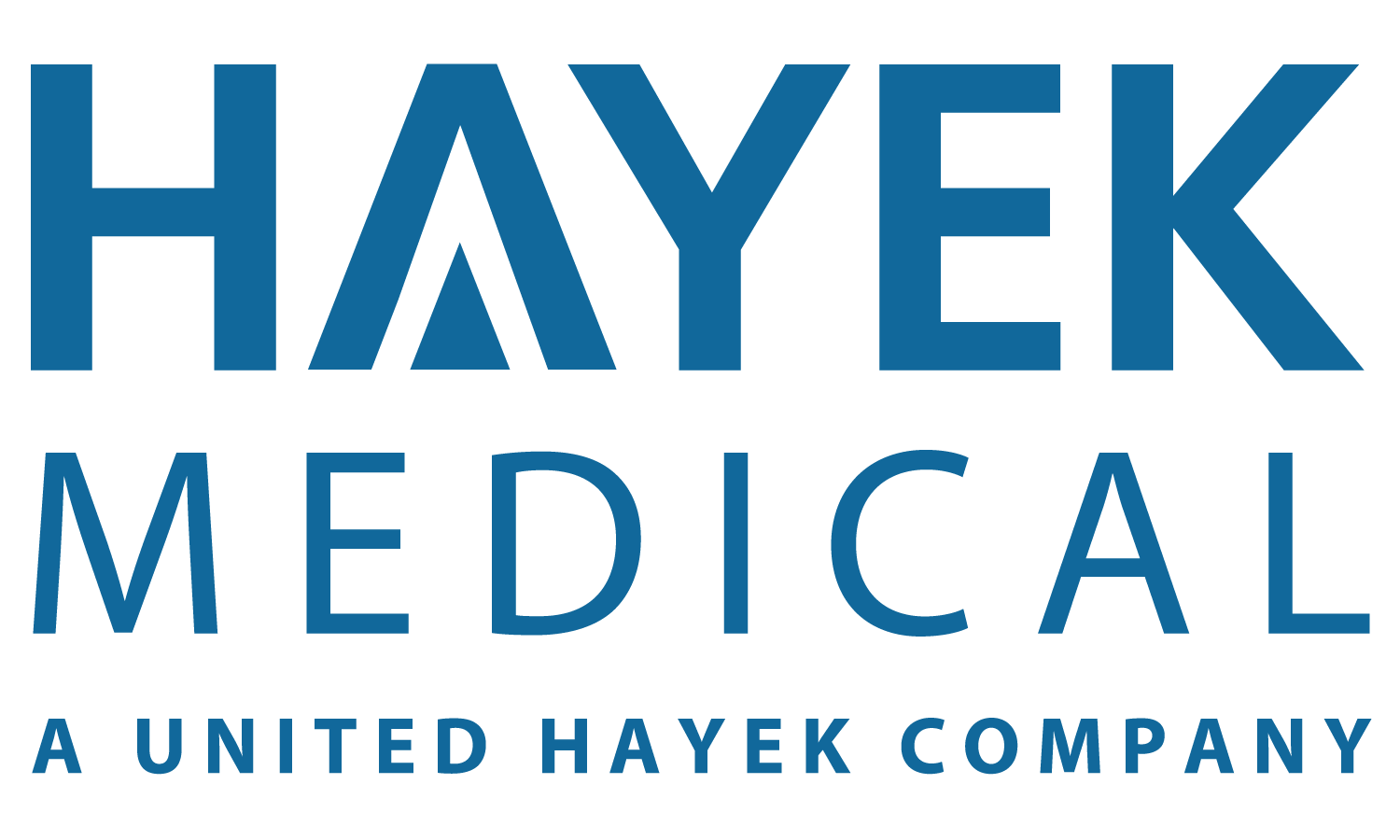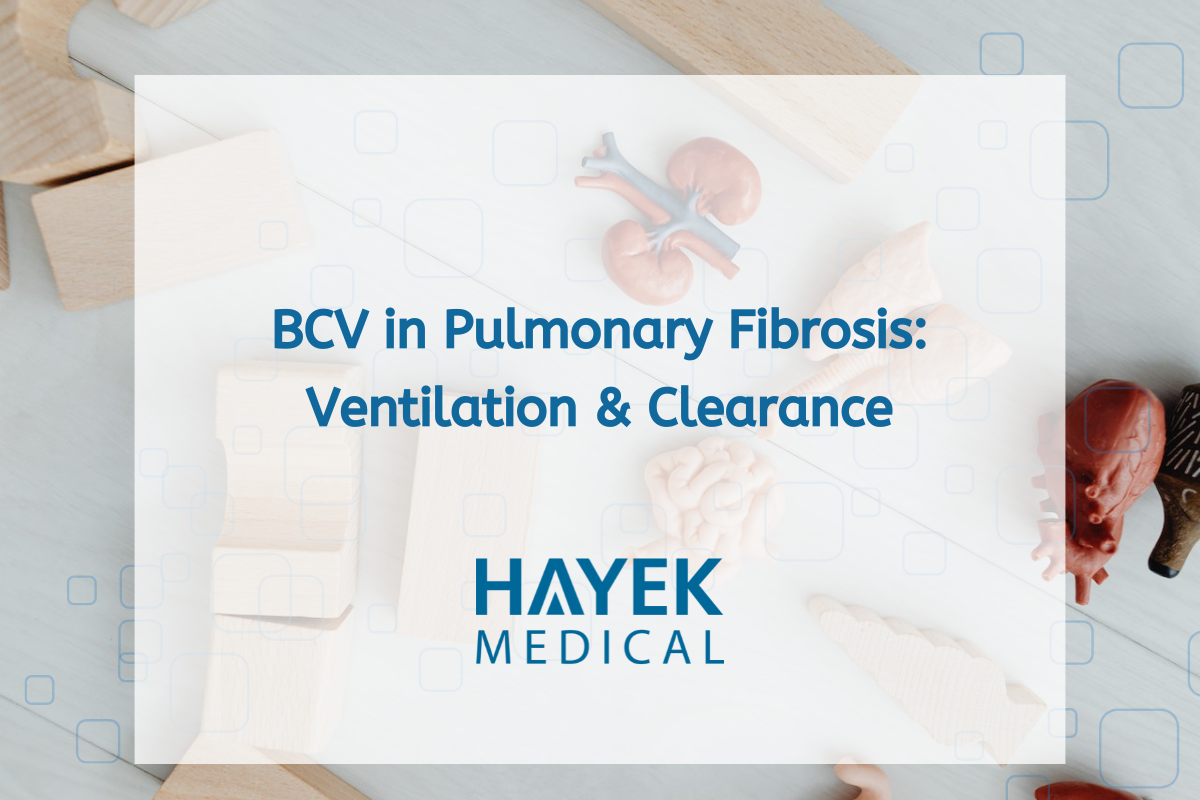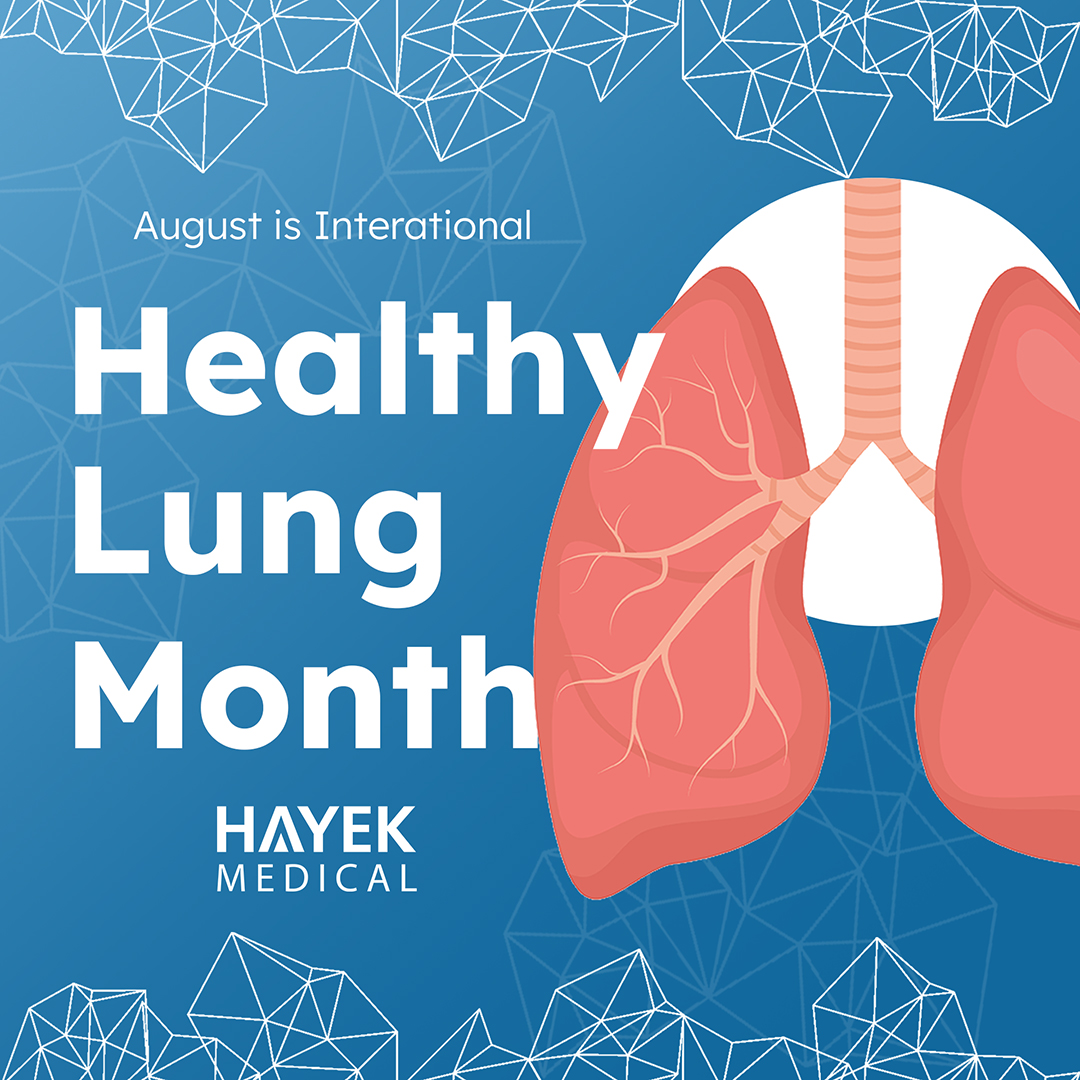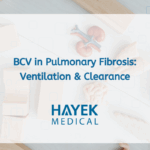
Bronchopulmonary dysplasia (BPD) is a chronic lung condition affecting premature infants who require mechanical ventilation and oxygen therapy. While lifesaving, these interventions can cause long-term lung damage. This blog explores Negative Pressure Ventilation for BPD Management, highlighting its potential to reduce lung damage compared to Positive Pressure Ventilation (PPV).
Understanding Bronchopulmonary Dysplasia
BPD stems from underdeveloped lungs in premature infants. The condition is characterized by:
- Chronic inflammation
- Simplified alveoli (reduced and enlarged air sacs)
- Fibrosis and scarring in lung tissue
- Airway hyperreactivity
These challenges make BPD management critical for improving long-term outcomes.

How Positive Pressure Ventilation Worsens BPD
Positive Pressure Ventilation (PPV) is often necessary to sustain life but can exacerbate BPD in several ways:
- Barotrauma: High airway pressures damage fragile lung tissue.
- Volutrauma: Overstretching alveoli leads to further injury.
- Atelectrauma: Repetitive collapse and reopening of alveoli disrupts surfactant function.
- Oxygen Toxicity: High oxygen levels produce reactive oxygen species, causing cellular damage.
These injuries disrupt lung development and worsen outcomes, creating challenges in managing BPD effectively.
Negative Pressure Ventilation for BPD Management
Unlike PPV, Negative Pressure Ventilation (NPV) mimics natural breathing by creating a vacuum around the chest, allowing air to flow passively into the lungs. This approach reduces mechanical stress and promotes lung healing.
Benefits of NPV:
- Reduces barotrauma and volutrauma
- Prevents atelectrauma with uniform lung expansion
- Lowers oxygen requirements, minimizing toxicity
- Attenuates inflammation for better lung recovery
Advancing BPD Management with NPV
To improve BPD management, a multifaceted approach is essential:
- Collaboration among neonatologists, respiratory therapists, and engineers is vital for optimizing care.
- Early interventions like surfactant and corticosteroids reduce the need for mechanical ventilation.
- Gentle ventilation strategies, such as HFOV or VTV, minimize lung injury.
- Developing NPV technology tailored for neonates will make it more practical in NICUs.
Conclusion
Negative Pressure Ventilation for BPD Management offers a promising alternative to traditional PPV. By mimicking natural breathing and reducing mechanical stress, NPV could revolutionize neonatal care, protecting fragile lungs and giving premature infants a healthier start in life.





